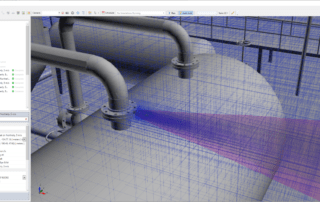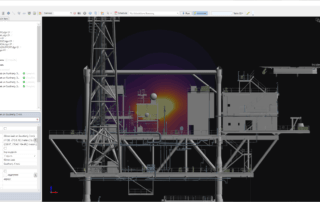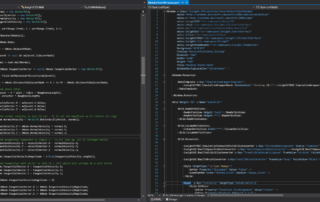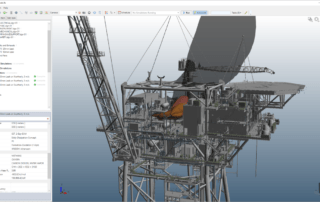Developing the Adaptive Meshing Capability for in:Flux CFD
It’s not an exaggeration to say that in:Flux was conceived around one idea: automatic, adaptive meshing. Why?
Ask any CFD engineer about meshing and they will tell you it takes up most of their time. This is fine for small projects, but if the future of CFD lies in projects of several thousand simulations, then automatic meshing is the only option.
But it is not just a practical consideration. Meshing is a […]




Find us